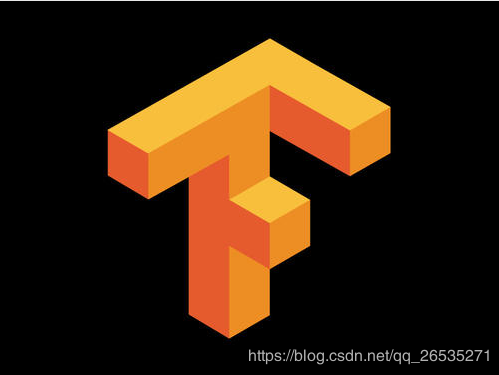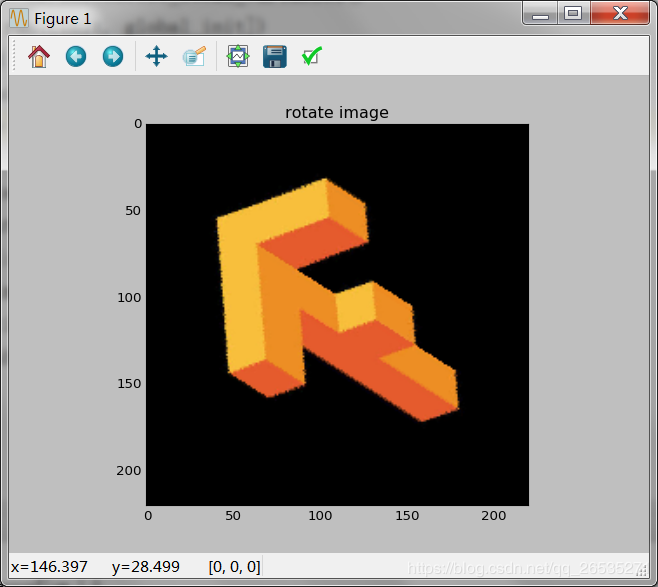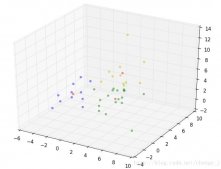在使用深度學習對圖像進行訓練時,對圖像進行隨機旋轉有助于提升模型泛化能力。然而之前在做旋轉等預處理工作時,都是先對圖像進行旋轉后保存到本地,然后再輸入模型進行訓練,這樣的過程會增加工作量,如果圖片數量較多,生成旋轉的圖像會占用更多的空間。直接在訓練過程中便對圖像進行隨機旋轉,可有效提升工作效率節省硬盤空間。
使用TensorFlow對圖像進行隨機旋轉如下:
TensorFlow版本為1.13.1
|
1
2
3
4
5
6
7
8
9
10
11
12
13
14
15
16
17
18
19
20
21
22
23
24
25
26
27
28
29
30
31
32
33
34
35
36
37
38
39
40
41
42
43
44
45
46
47
|
#-*- coding:utf-8 -*-''' 使用TensorFlow進行圖像的隨機旋轉示例''' import tensorflow as tfimport numpy as npimport cv2import matplotlib.pyplot as plt img = cv2.imread('tf.jpg')img = cv2.resize(img,(220,220))img = cv2.cvtColor(img,cv2.COLOR_BGR2RGB) def tf_rotate(input_image, min_angle = -np.pi/2, max_angle = np.pi/2): ''' TensorFlow對圖像進行隨機旋轉 :param input_image: 圖像輸入 :param min_angle: 最小旋轉角度 :param max_angle: 最大旋轉角度 :return: 旋轉后的圖像 ''' distorted_image = tf.expand_dims(input_image, 0) random_angles = tf.random.uniform(shape=(tf.shape(distorted_image)[0],), minval = min_angle , maxval = max_angle) distorted_image = tf.contrib.image.transform( distorted_image, tf.contrib.image.angles_to_projective_transforms( random_angles, tf.cast(tf.shape(distorted_image)[1], tf.float32), tf.cast(tf.shape(distorted_image)[2], tf.float32) )) rotate_image = tf.squeeze(distorted_image, [0]) return rotate_image global_init = tf.global_variables_initializer()with tf.Session() as sess: init = tf.initialize_local_variables() sess.run([init, global_init]) coord = tf.train.Coordinator() threads = tf.train.start_queue_runners(coord=coord) image = tf.placeholder(shape=(220, 220, 3), dtype=tf.float32) rotate_image = tf_rotate(image, -np.pi/2, np.pi/2) output = sess.run(rotate_image, feed_dict={image:img}) # print('output:',output) plt.imshow(output.astype('uint8')) plt.title('rotate image') plt.show() |
結果如下:
原圖:

隨機旋轉后的圖:

以上就是本文的全部內容,希望對大家的學習有所幫助,也希望大家多多支持服務器之家。
原文鏈接:https://blog.csdn.net/qq_26535271/article/details/104030643












